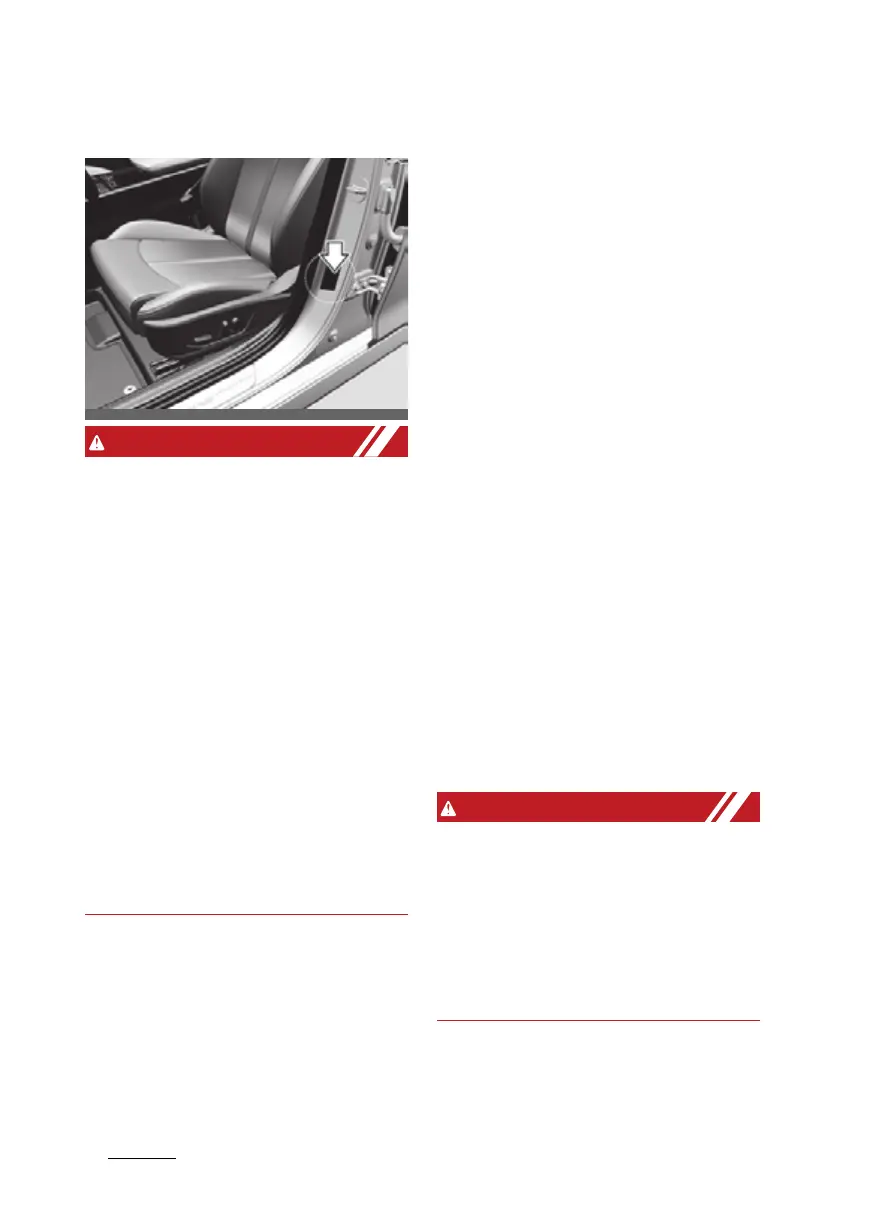Maintenance
348
Tires and wheels
Tire underinflation
Inflate your tires consistent with
the instructions provided in this
manual. Regularly check the tire
inflation pressure, and correct it
as needed; at least twice a
month and before any long trips
on the road. If you fail to observe
this precaution, you may be driv
-
ing on underinflated tires, which
may not only compromise your
vehicle's driving stability, but
may also lead to tire damage and
the risk of an accident. This risk is
much higher on hot days and
when driving for long periods at
high speeds.
Failure to maintain specified
pressure may result in excessive
wear, poor handling, reduced
fuel economy, deformation of
tire and/or wheel, harsh ride con
-
ditions, possibility for additional
damage from road hazards, or
result in tire failure.
Tire pressure
Always observe the following:
僅 Check tire pressure when the
tires are cold. (After vehicle has
been parked for at least three
hours or hasn't been driven
more than 1 mile (1.6 km) since
startup.)
僅 Check the pressure of your
spare tire each time you check
the pressure of other tires.
僅 Never overload your vehicle.
Be careful not to overload a
vehicle luggage rack if your
vehicle is equipped with one.
僅 Warm tires normally exceed
recommended cold tire pres
-
sures by 4~6 psi (28~41 kPa).
Do not release air from warm
tires to adjust the pressure or
the tires will be underinflated.
Tire Inflation
Overinflation or underinflation
can reduce tire life, adversely
affect vehicle handling, and lead
to sudden tire failure. This could
result in loss of vehicle control
and potential injury.
ODL3A080002

